Dried fruit has been a cherished food staple for centuries, offering a nutritious and convenient snack option. The drying process involves removing the water content from fresh fruit, which helps extend its shelf life while preserving most of the fruit’s natural nutrients. Popular dried fruits include raisins, dates, apricots, figs, and prunes, all of which are abundant in Iran, a country known for its high-quality agricultural produce.
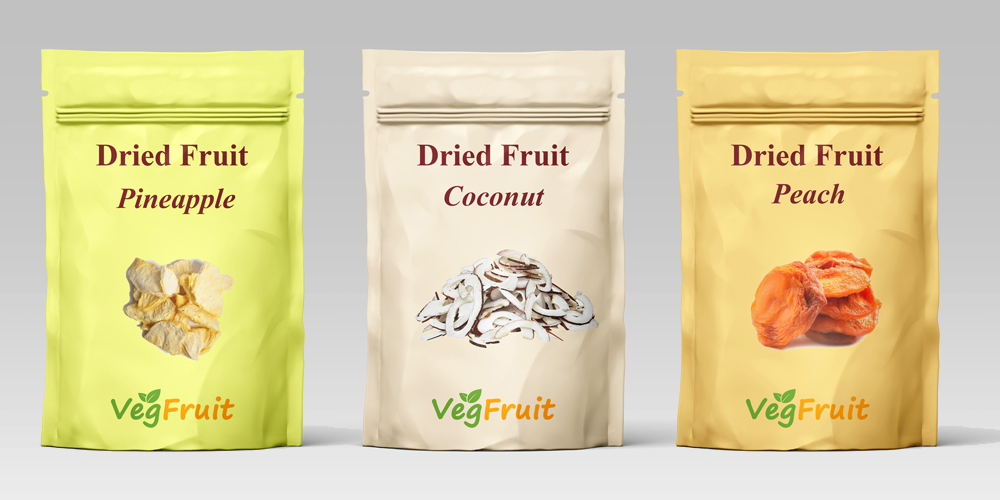
Nutritionally, dried fruits are packed with vitamins, minerals, and fiber, making them an excellent choice for a healthy diet. They provide a concentrated source of natural sugars, which can be beneficial for quick energy boosts, especially during physically demanding tasks or long periods of fasting, such as during Ramadan. In addition, dried fruits are rich in antioxidants, which help combat inflammation and promote overall health.
In Iran, dried fruits are not only consumed as snacks but are also integral to various culinary traditions. They are often used in Persian rice dishes, stews, and desserts, adding a sweet and tangy flavor profile. Dried fruits, like saffron-infused raisins or sun-dried mulberries, also feature prominently during Nowruz (Persian New Year) celebrations.
Moreover, the growing global demand for healthy and natural snacks has increased the international market for dried fruits, presenting opportunities for producers. With the rise of health-conscious consumers, dried fruit production is a sustainable industry that can thrive without the use of preservatives or additives, emphasizing natural, wholesome products.
As a versatile, nutrient-dense food, dried fruits offer a balance of convenience, health benefits, and flavor, making them an essential part of both traditional and modern diets worldwide.
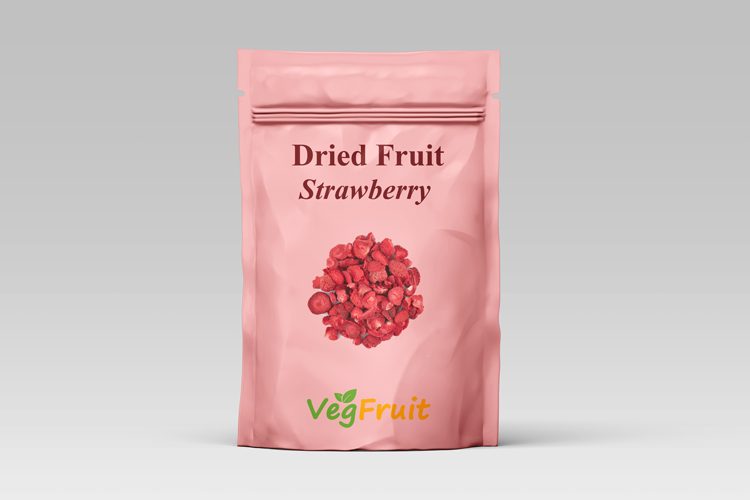
Dried Strawberries
The Benefits of Dried Strawberries: Hot Air Drying vs. Freeze Drying Strawberries, often referred to as the "queen of fruits,"...
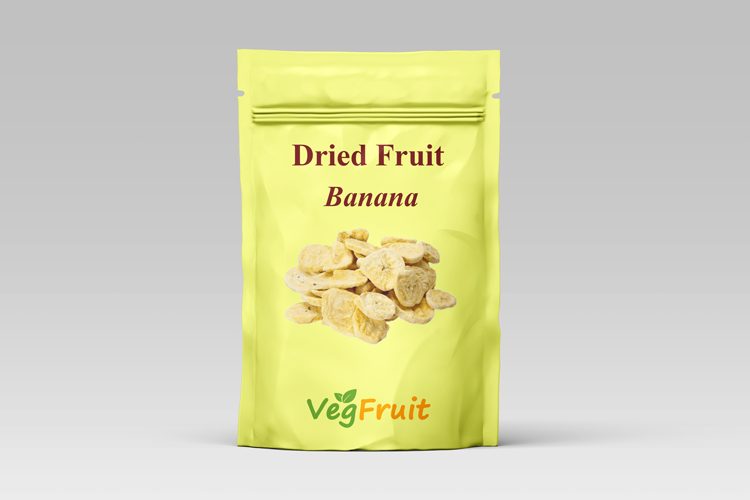
Dried Bananas
In the world of snacking and culinary versatility, dry bananas stand out as a nutritious, delicious, and convenient choice. Whether...
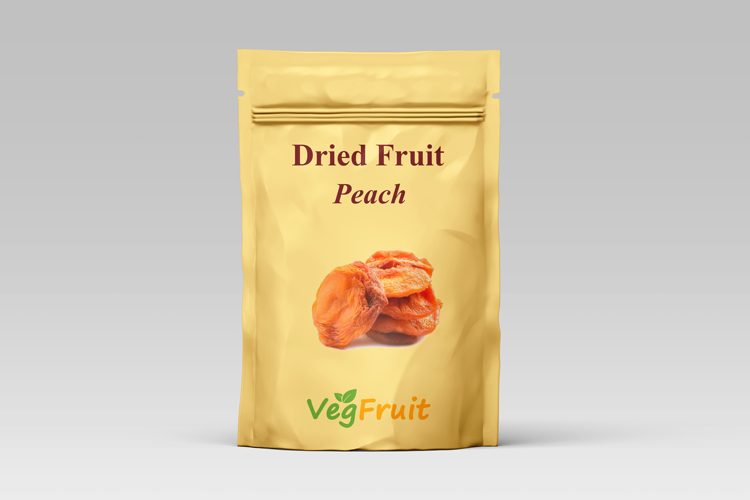
Dried Peach
The Advantages of Dried Peaches and How They’re Made Dried peaches are a delicious, nutritious, and convenient snack that brings...
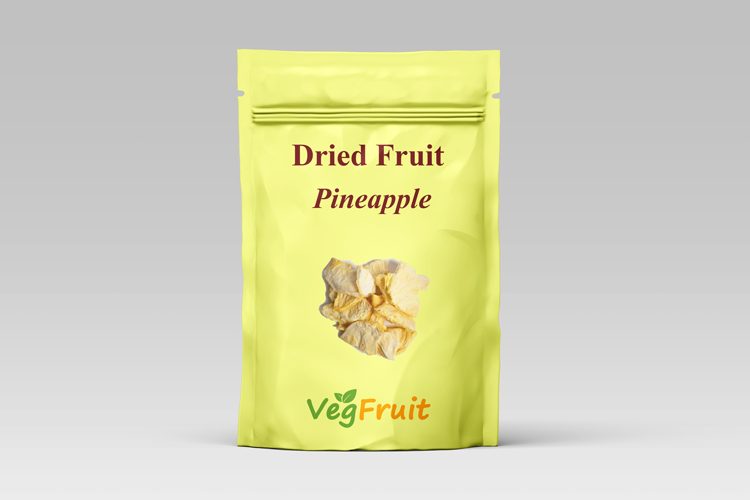
Dried Pineapple
The Benefits of Dried Pineapple: A Delicious and Nutritious Snack Pineapple, with its tropical sweetness and tangy flavor, is a...
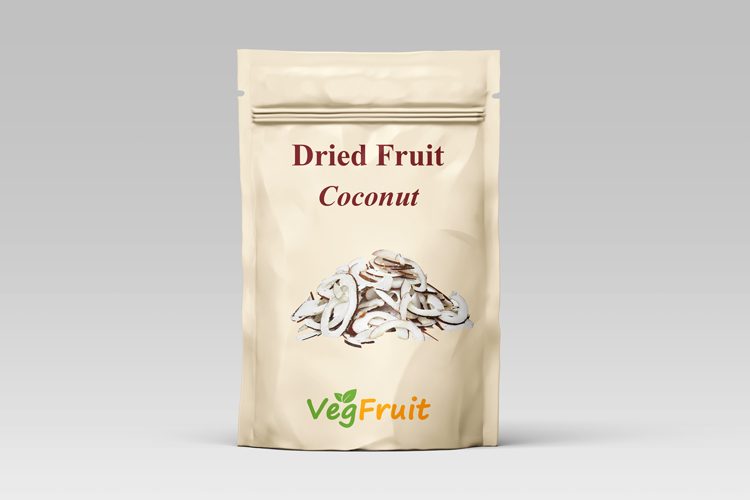
Dried Coconut
The Benefits and Process of Dry Coconut Production Coconut, a tropical fruit celebrated for its rich flavor and versatility, is...
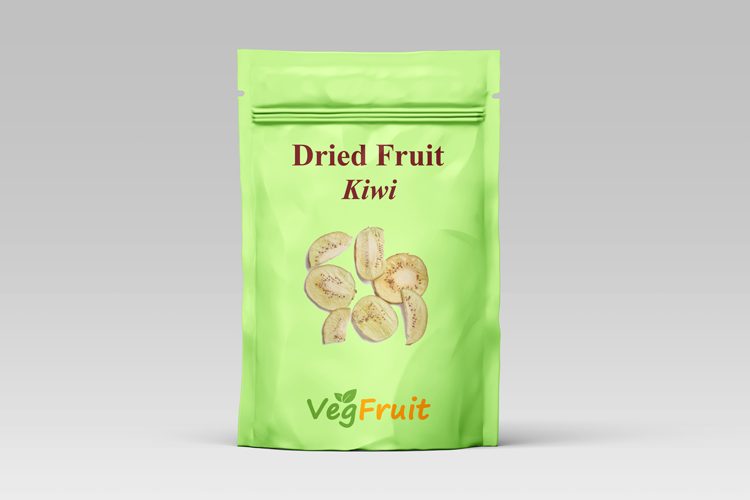
Dried Kiwi
The Nutritional Power of Dried Kiwi: Hot Air Drying vs. Freeze Drying Kiwifruit, often referred to as the “superfruit” due...
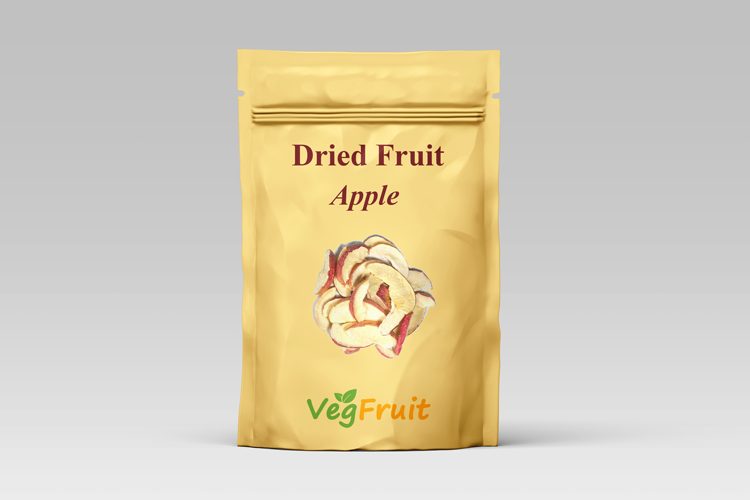
Dried Apples
The Benefits of Dry Apples and How They’re Made Dried apples have become a popular snack choice for those seeking...
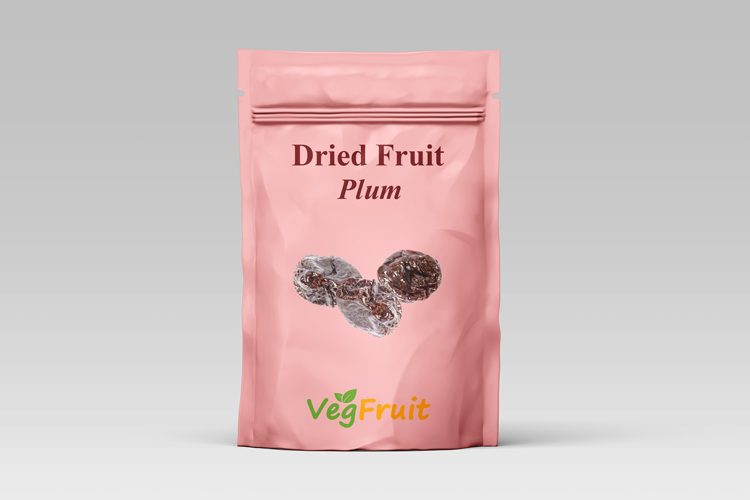
Dried Plums
Dried plums, often referred to as prunes, are a nutritious and delicious snack that offer a variety of health benefits....
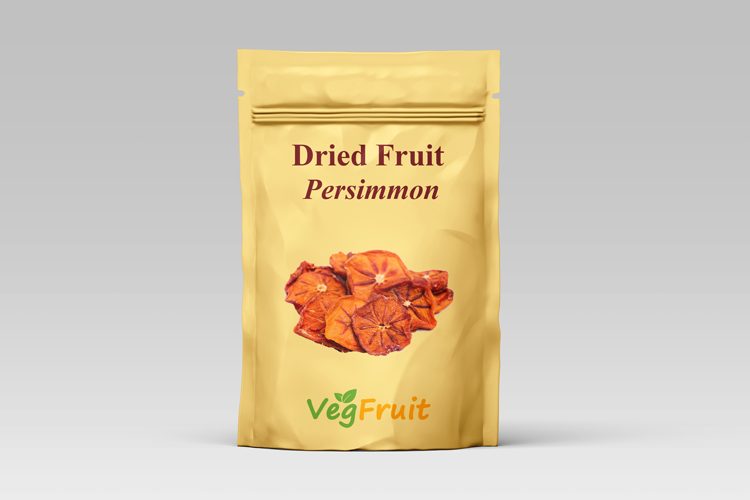
Dried Persimmons
Dried persimmons are a delicious and nutritious treat that captures the unique sweetness and flavor of fresh persimmons while offering...
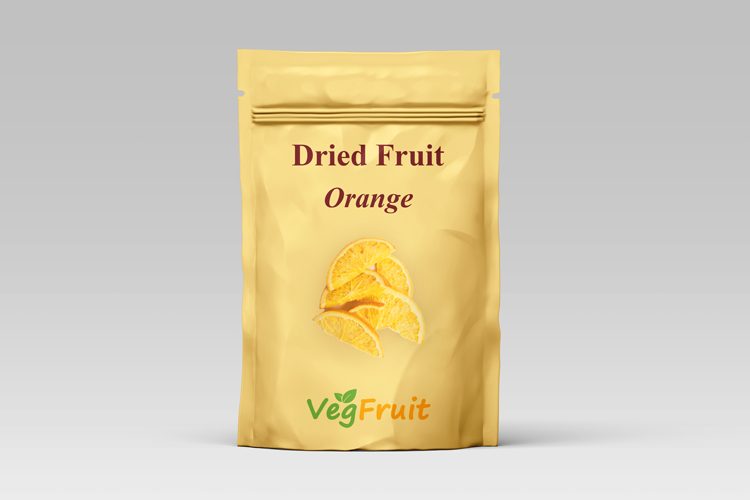
Dried Oranges
Dried oranges are a delightful and nutritious snack that captures the vibrant flavor of fresh oranges while offering convenience and...
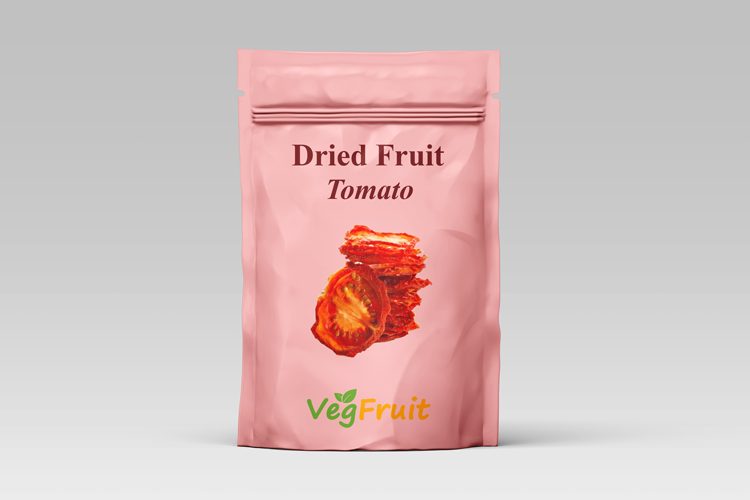
Dried Tomatoes
Dried tomatoes are a flavorful and versatile ingredient that brings the rich taste of sun-ripened tomatoes to your kitchen all...
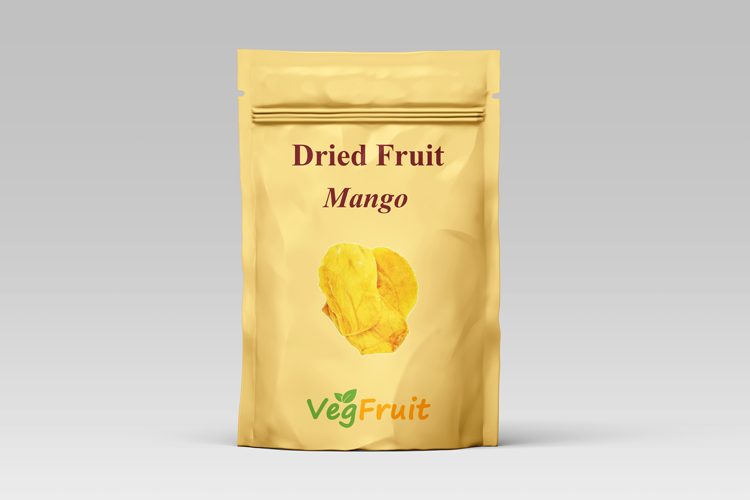
Dried Mango
Dried mango is a popular, nutrient-rich snack that captures the tropical sweetness and vibrant flavor of fresh mangoes. With its...
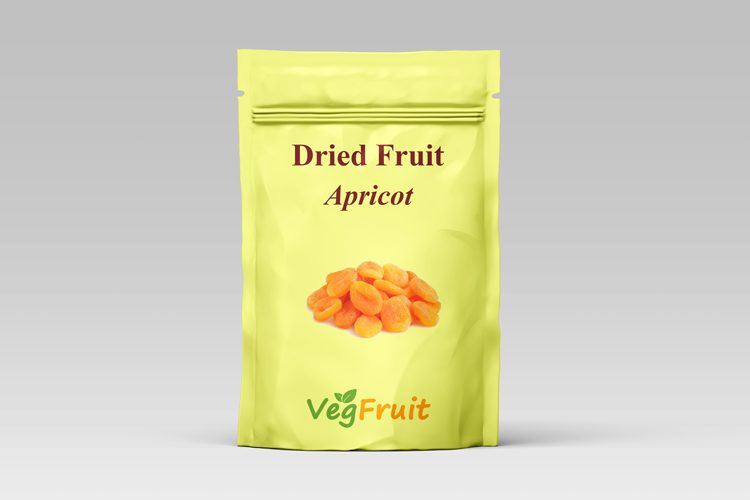
Dried Apricots
Dried apricots are a delectable and nutritious snack that encapsulates the vibrant flavor of fresh apricots while providing convenience and...

